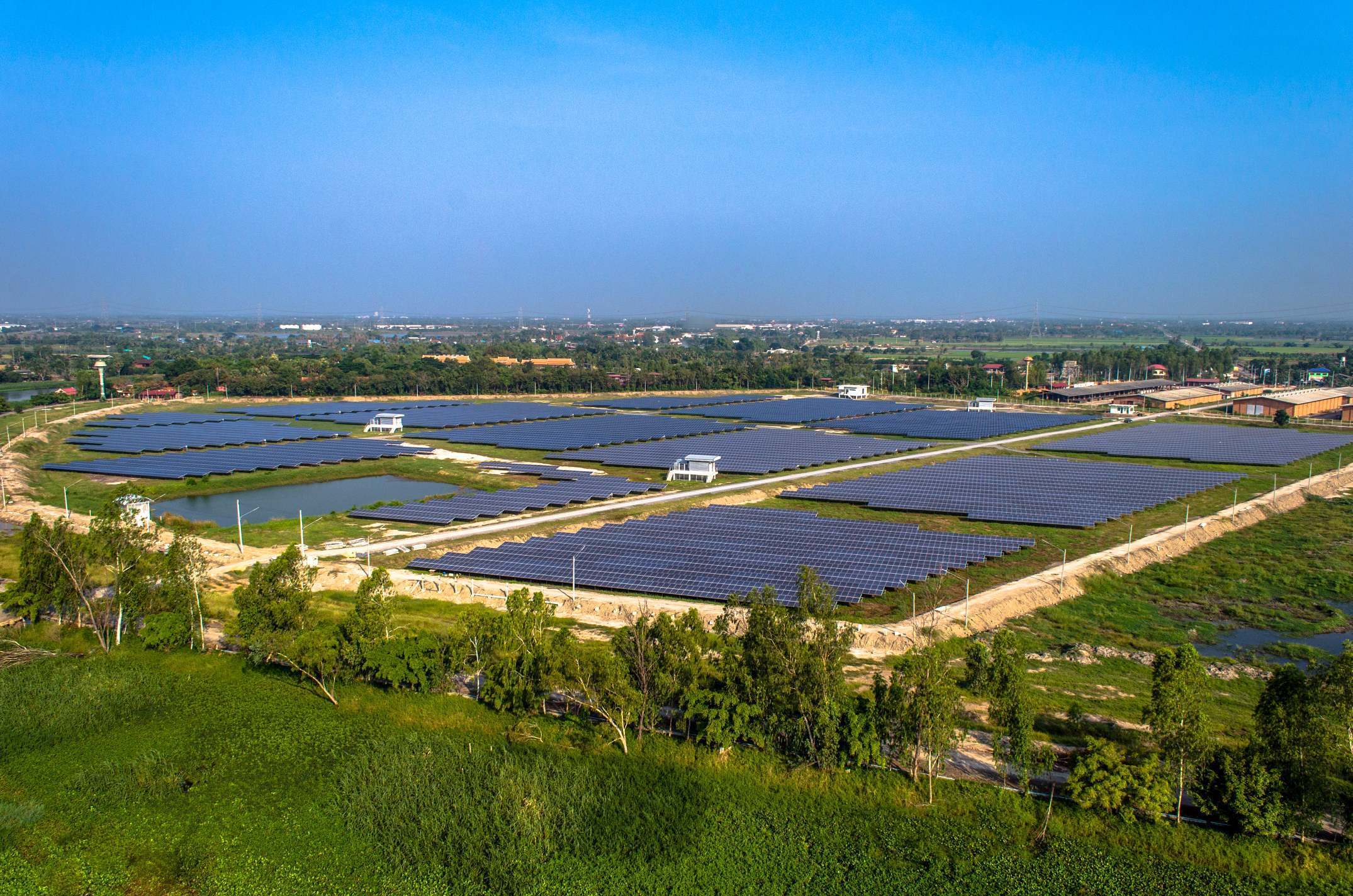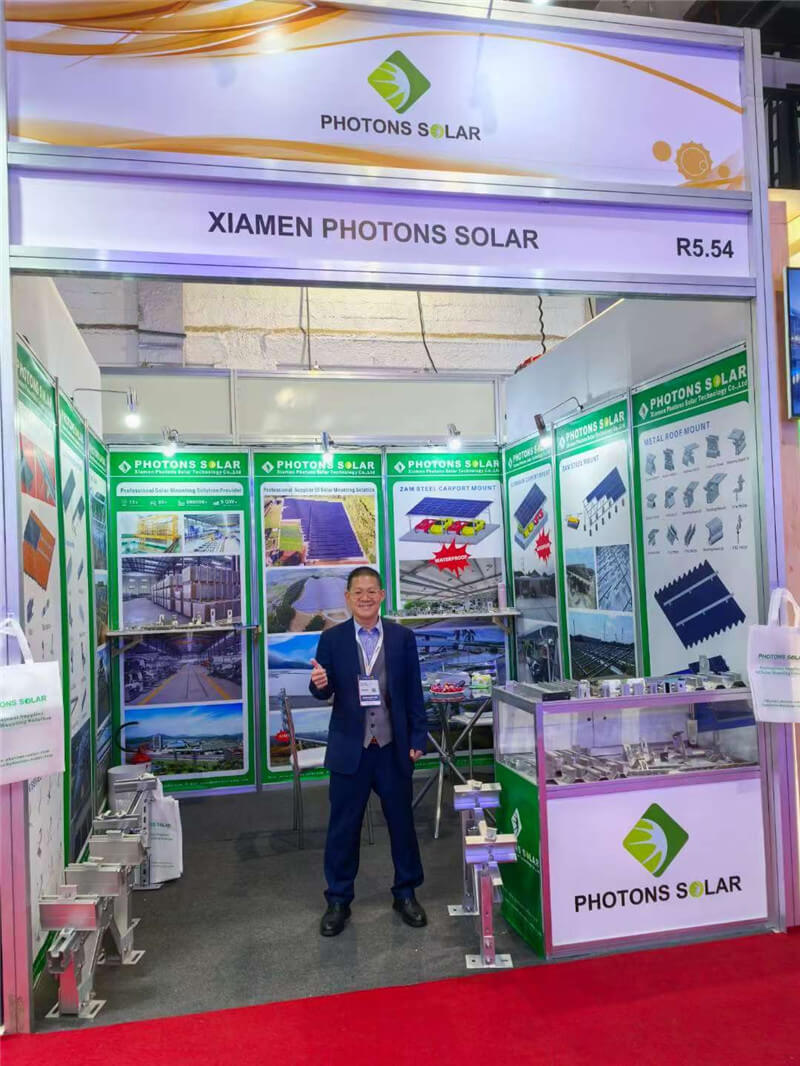How a Reliable Solar PV Racking System Enhances Solar Panel Performance
Release time:
2025-07-07
Source:
How a Reliable Solar PV Racking System Enhances Solar Panel Performance
Table of Contents
1. Introduction to Solar PV Racking Systems
2. Importance of Structural Integrity in Solar Racking
3. Types of Solar PV Racking Systems
3.1 Fixed Tilt Systems
3.2 Ground-Mounted Systems
3.3 Roof-Mounted Systems
3.4 Tracking Systems
4. Key Features of a Reliable Racking System
5. How Racking Systems Affect Solar Panel Efficiency
6. Environmental Impact and Sustainability
7. Cost Considerations and Return on Investment
8. Frequently Asked Questions (FAQs)
9. Conclusion
1. Introduction to Solar PV Racking Systems
Solar photovoltaic (PV) racking systems are the backbone of solar panel installations. These systems provide the necessary support and positioning to ensure that solar panels capture sunlight effectively. By understanding how these racking systems operate, we can appreciate their critical role in enhancing overall solar panel performance. The right racking system not only maximizes energy production but also ensures the longevity and reliability of solar panels.
2. Importance of Structural Integrity in Solar Racking
The structural integrity of a solar PV racking system is paramount. It must withstand various environmental factors such as wind, snow loads, and seismic activity. A reliable racking system is designed to endure these challenges while maintaining the optimal angle for sunlight absorption. Poorly designed or installed racking can lead to panel misalignment, increased wear, and potential damage, ultimately affecting energy output.
3. Types of Solar PV Racking Systems
Various types of solar PV racking systems are available, each offering unique benefits depending on the installation environment. Understanding these types is essential for selecting the right system for specific needs.
3.1 Fixed Tilt Systems
Fixed tilt systems are the most common type of racking. They are simple and cost-effective, offering a predetermined angle for solar panels. While they do not track the sun, they are sufficient for many applications, especially in regions with consistent solar exposure.
3.2 Ground-Mounted Systems
Ground-mounted systems are ideal for large-scale solar farms. They allow for greater flexibility in positioning and can be designed to accommodate uneven terrain. These systems often incorporate more robust materials to support larger arrays.
3.3 Roof-Mounted Systems
Roof-mounted systems are perfect for residential and commercial buildings. They utilize the existing roof structure to minimize land use. Proper installation is crucial to prevent leaks and ensure the system's longevity.
3.4 Tracking Systems
Tracking systems are advanced racking solutions that follow the sun’s path throughout the day. By adjusting the angle of the panels, these systems can significantly increase energy output compared to fixed systems, making them ideal for high-efficiency installations.
4. Key Features of a Reliable Racking System
A reliable solar PV racking system incorporates several key features that enhance its performance and durability. These include:
- **Material Quality**: High-quality materials, such as aluminum or galvanized steel, resist corrosion and ensure longevity.
- **Adjustability**: The ability to adjust the tilt angle helps optimize performance throughout the year.
- **Ease of Installation**: A user-friendly design simplifies installation, reducing labor costs and time.
- **Wind Resistance**: A reliable system is designed to withstand high winds, ensuring stability and safety.
5. How Racking Systems Affect Solar Panel Efficiency
The efficiency of solar panels is significantly influenced by the racking system. An optimal racking system enhances performance through:
- **Correct Angling**: Proper tilt angles can increase solar exposure throughout the day, improving energy capture.
- **Minimized Shading**: Racking systems that position panels correctly can reduce shading from nearby structures or vegetation.
- **Improved Cooling**: Good airflow between panels can help maintain lower temperatures, which is crucial for effective energy conversion.
6. Environmental Impact and Sustainability
The choice of a solar PV racking system also impacts the environment. Reliable systems are often designed with sustainability in mind, utilizing recyclable materials and promoting green energy production. Additionally, the installation of solar panels reduces reliance on fossil fuels, contributing to a lower carbon footprint.
7. Cost Considerations and Return on Investment
Investing in a reliable solar PV racking system can seem daunting due to upfront costs. However, it is essential to consider long-term savings and benefits, such as:
- **Increased Energy Production**: A well-optimized racking system can lead to greater energy outputs, translating to more savings on utility bills.
- **Lower Maintenance Costs**: High-quality materials and designs reduce the likelihood of repairs and replacements.
- **Government Incentives**: Many regions offer incentives for solar installations, making the initial investment more manageable.
8. Frequently Asked Questions (FAQs)
What is a solar PV racking system?
A solar PV racking system is a structure that holds solar panels in place, ensuring they are positioned correctly to capture sunlight efficiently.
Why is the angle of installation important?
The angle of installation affects how much sunlight the panels can absorb, which directly impacts energy production.
How do tracking systems compare to fixed systems?
Tracking systems can increase energy production by adjusting panel angles to follow the sun, whereas fixed systems maintain a constant angle.
What materials are best for solar racking systems?
Aluminum and galvanized steel are preferred materials due to their corrosion resistance and strength.
How do I choose the right racking system for my solar project?
Consider factors such as location, panel type, budget, and whether the installation is on the ground or a roof. Consulting with a professional can also help determine the best option.
9. Conclusion
A **reliable solar PV racking system** is essential for maximizing solar panel performance and ensuring a high return on investment. With various types available and numerous benefits associated with high-quality designs, choosing the right racking system can significantly enhance energy production, reduce maintenance, and promote sustainability. By prioritizing structural integrity and optimal positioning, solar installations can achieve their full potential, contributing to a cleaner, greener future.
Solar PV racking system
Related News
2025-07-07 11:40
How a Reliable Solar PV Racking System Enhances Solar Panel Performance
How a Reliable Solar PV Racking System Enhances Solar Panel Performance Table of Contents 1. Introduction to Solar PV Racking Systems 2. Importance of Structural Integrity in Solar Racking 3. Types of Solar PV Racking Systems 3.1 Fixed Tilt Systems 3.2 Ground-Mounted Systems 3.3 Roof-Mounted Systems 3.4 Tracking Systems 4. Key Features of a Reliable Racking System 5. How Racking Systems Affect Sol












